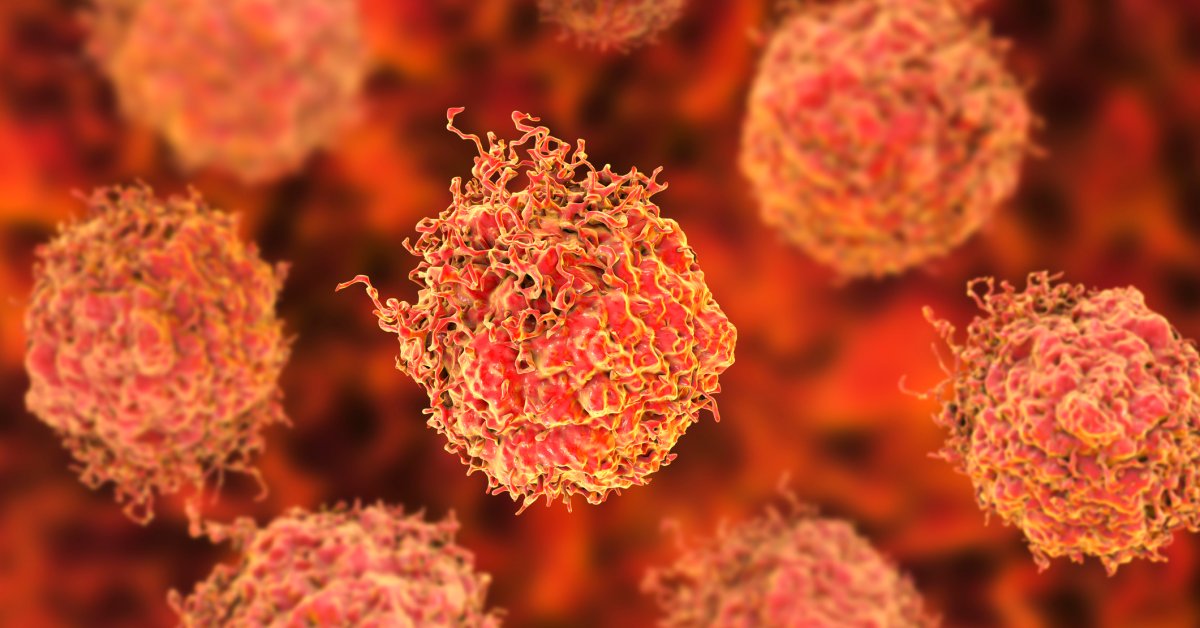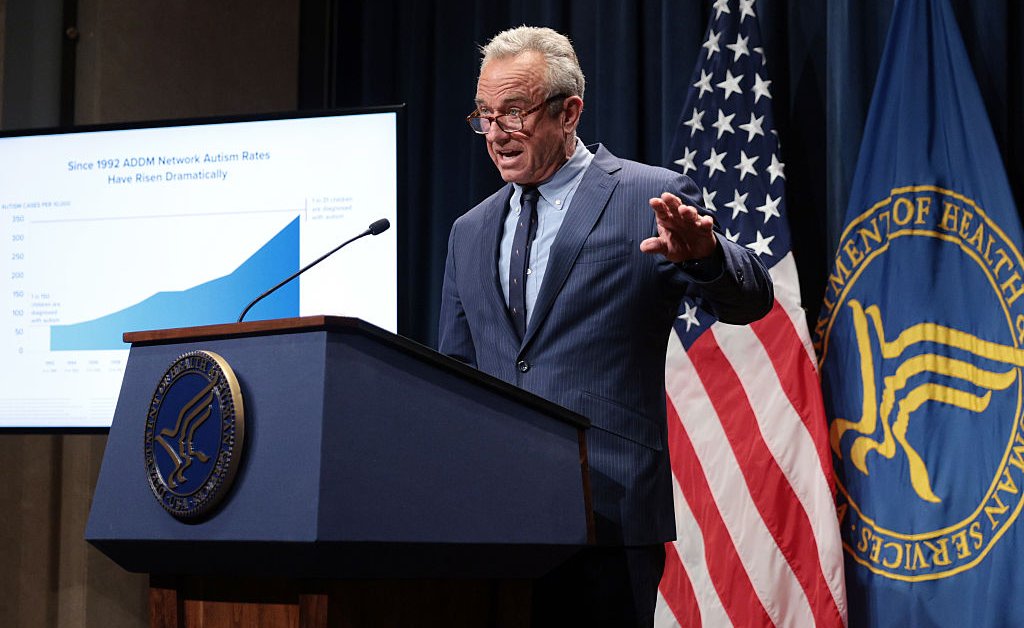Former President Joe Biden was diagnosed with a “more aggressive” form of prostate cancer, his office said in a statement on Sunday.
According to the statement, Biden, 82, was diagnosed with cancer on Friday, May 16, upon a medical check after experiencing “increasing urinary symptoms.” It added that Biden’s cancer was characterized by a Gleason score of 9, with metastasis to the bone.
“While this represents a more aggressive form of the disease, the cancer appears to be hormone-sensitive which allows for effective management,” the office said. Biden and his family are reviewing treatment options.
It’s not Biden’s first brush with cancer: he had a skin lesion removed in 2023 that turned out to be basal cell carcinoma, and his son Beau died in 2015 of brain cancer. The elder Biden also had a brain aneurysm in the late 1980s that almost killed him. But the new prostate cancer diagnosis has been met with a wave of support for the former President, given his age as well as longstanding concerns about his health condition.
Here’s what to know about the disease Biden was diagnosed with.
What is prostate cancer?
According to the National Cancer Institute, prostate cancer is a type of cancer that forms in the tissues of the prostate—a gland in the male reproductive system that adds fluid to semen.
Signs and symptoms may include trouble starting to urinate or trouble emptying the bladder, frequent urination, or weak and interrupted urine flow. In its advanced stages, it may include pain in the back, hips, or pelvis that doesn’t go away, shortness of breath, malaise, fast heartbeats, dizziness, or anemia-caused pale skin.
As men age, the prostate may grow bigger—a condition called benign prostatic hyperplasia—and cause such blockages, which can mimic the symptoms of prostate cancer. Doctors can perform a range of tests, from a digital rectal exam to a blood test, to determine whether a patient has prostate cancer.
Most prostate cancers grow slowly. Those who have genetic or hereditary prostate cancer may have malignancies appear earlier or grow at a faster rate.
When confined to the prostate, the cancer is potentially curable. The chances of surviving prostate cancer decrease at later stages when the disease has metastasized, or spread to other parts of the body.
What is the Gleason score?
The NCI defines the Gleason score as a way to describe prostate cancer depending on “how abnormal the cancer cells in a biopsy sample look under a microscope and how quickly they are likely to grow and spread.” It is “used to help plan treatment and determine prognosis (outcome).”
The Gleason score is calculated by adding the grades, the measures of that abnormality, of the two types of cells that make up the largest portion of the biopsied prostate tissue.
A Gleason score usually ranges from 6 to 10, with a lower Gleason score meaning the cells look more normal and are likely to grow and spread slowly.
Biden’s score of 9 indicates a more aggressive cancer. Scores of 9 or 10 are considered “high-grade”, or Grade Group 5.
The statement did not indicate the stage (I, II, III, or IV) of Biden’s cancer, which describes the cancer’s size and spread and is often used to understand prognosis, though based on the description it is likely to be Stage IV. (There is no “stage 5,” as Donald Trump Jr. suggested about Biden’s diagnosis in a post on X.)
Is prostate cancer curable?
While advanced prostate cancer cannot be completely cured, it can be treated, though treatment largely depends on the stage of its development. With treatment, it is possible for some patients to see the disease go into remission, which means the cancer cells are undetectable.
Treatments can include surgery, radiation therapy, chemotherapy, and hormone therapy.
The announcement from Biden’s office said his cancer appears to be hormone-sensitive. Hormone therapy blocks male sex hormones, which can cause prostate cancer cells to grow.
What are the statistics for prostate cancer?
Prostate cancer is common in older men, with the NCI estimating that about 1 in 8 males in the U.S. will be diagnosed with the disease. Prostate cancer, according to the NCI, is most frequently diagnosed in men aged between 65 and 74, with the median age of diagnosis at 68. The median age of death is 79.
The NCI estimates that in 2025, there will be 313,780 prostate cancer cases—or 15.4% of all new cancer cases—and some 35,770 prostate cancer deaths or 5.8% percent of all cancer-related deaths.
The five-year relative survival rate—or the estimate of the percentage of patients expected to survive the effects of their cancer for five years or longer—of those with prostate cancer is 97.9%.
While NCI reports that prostate cancer diagnoses have increased at a year-on-year rate of about 1.8% from 2013 to 2022, death rates have been falling on average 0.6% each year from 2014 to 2023.








